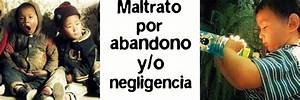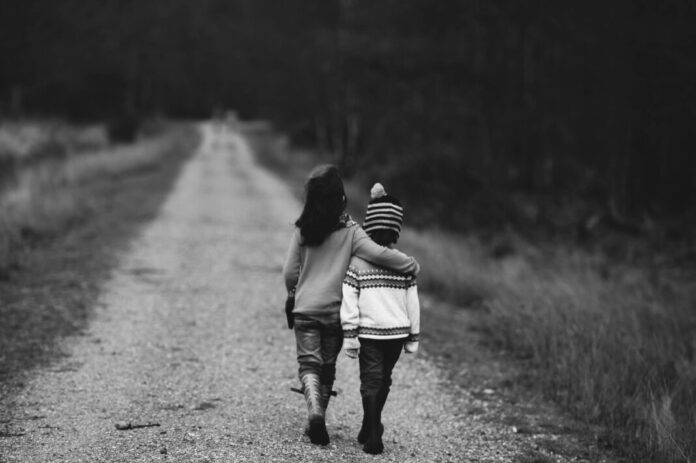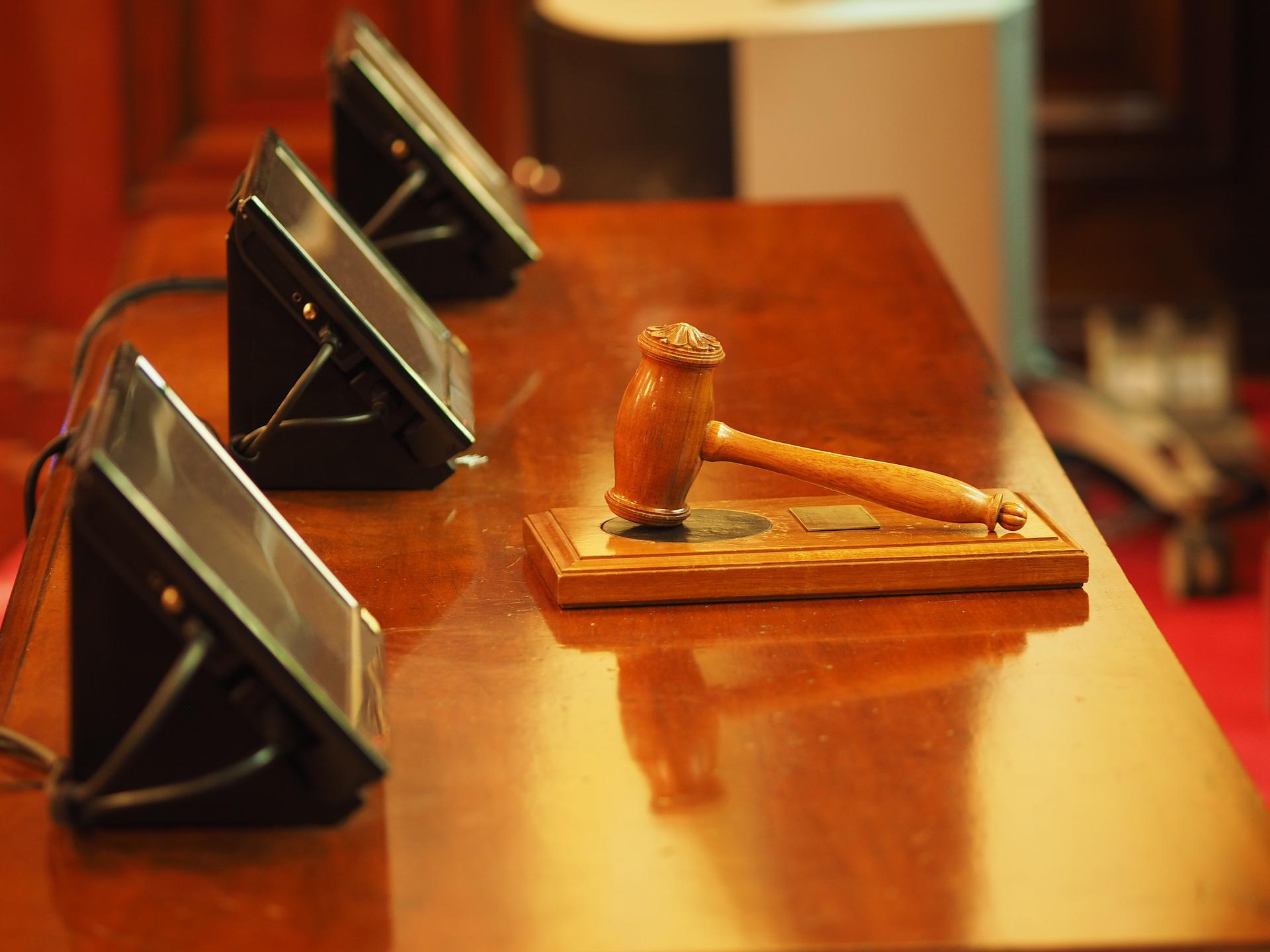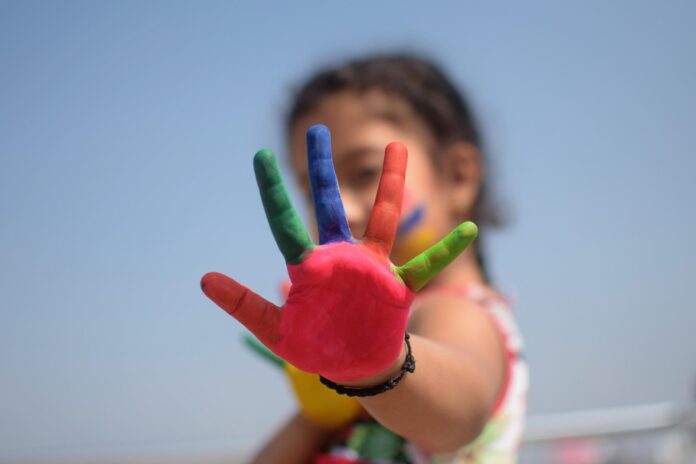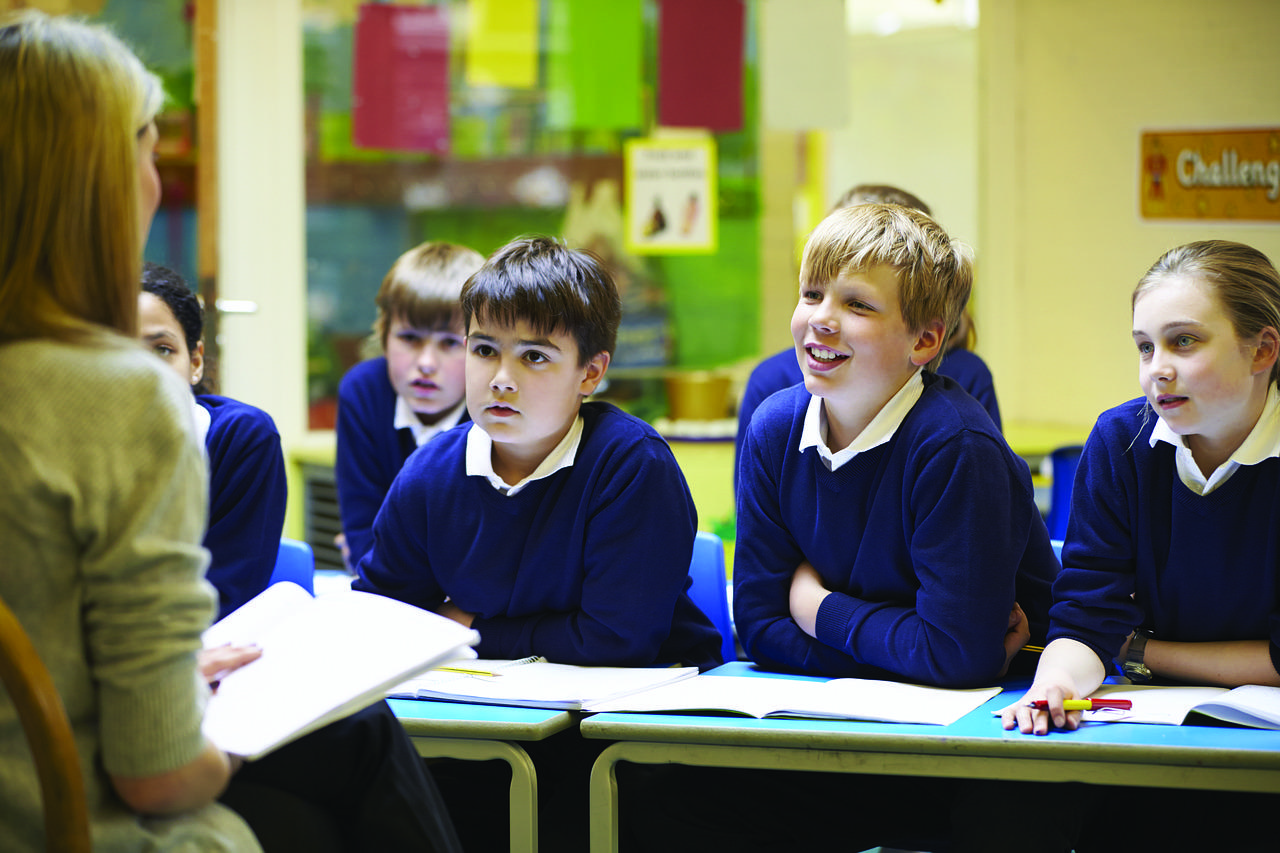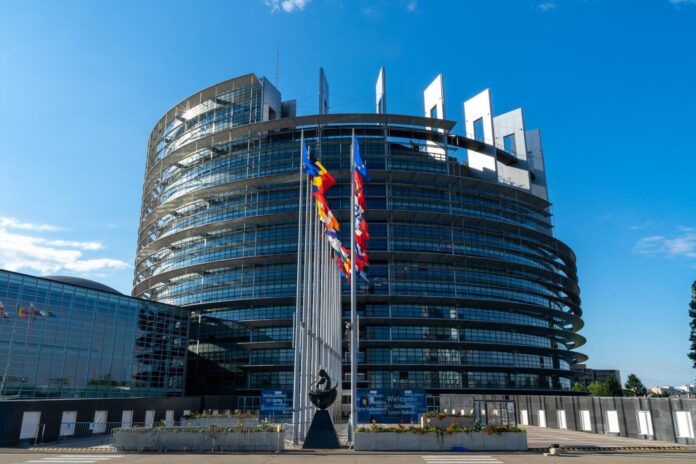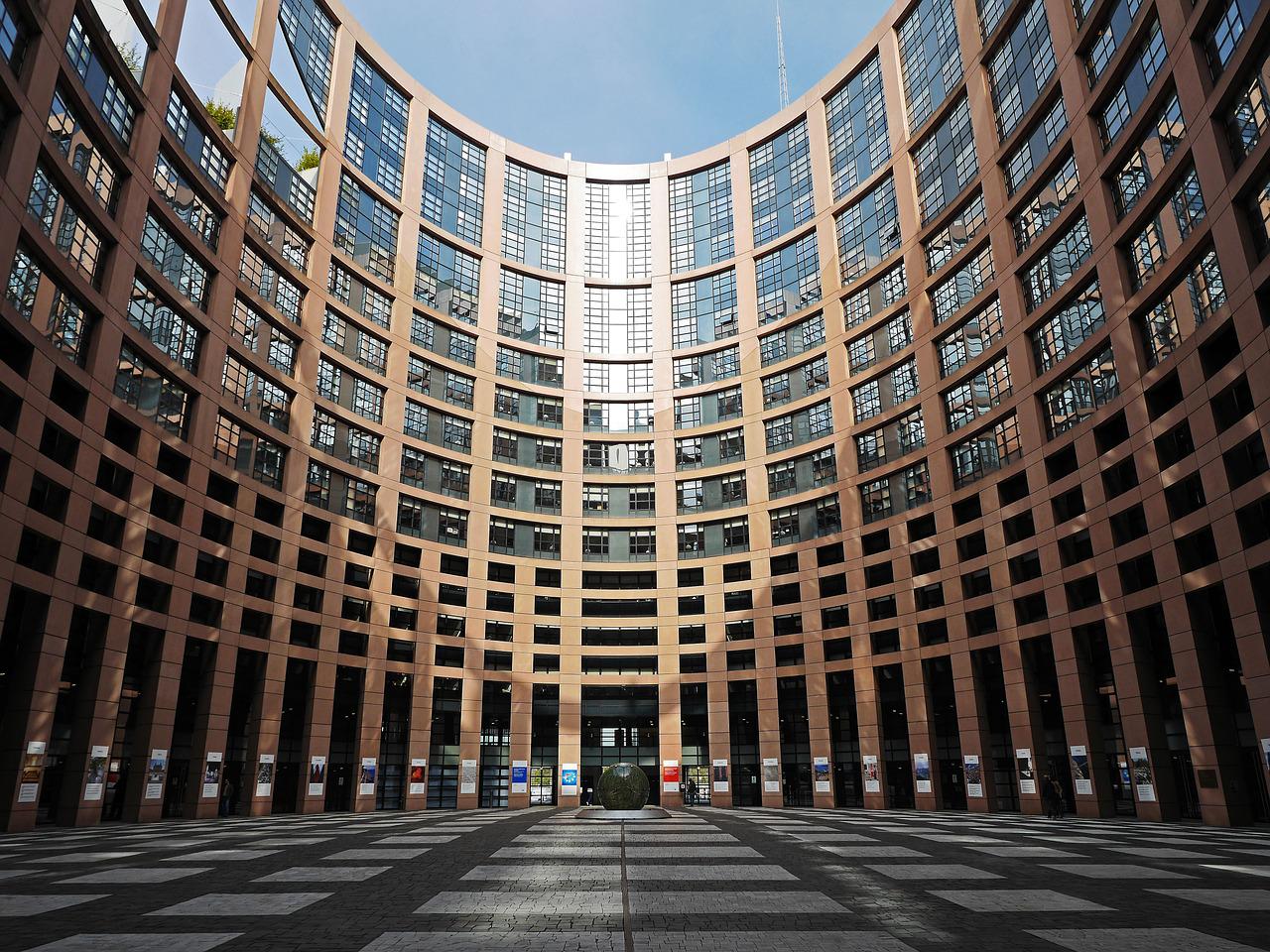The safety and well-being of children are fundamental responsibilities of parents. However, child abuse and neglect remain troubling problems in our society. To protect our children, it is crucial to understand what constitutes abuse and neglect, as well as being informed about the warning signs and preventive measures. In this article, we will address the topic of child abuse and neglect, providing valuable information to parents so they can take proactive steps to ensure the safety and well-being of their children.

Source: https://www.unicef.es/blog/infancia/nueva-ley-proteccion-infancia
Definition and types of child abuse and neglect
We will begin our analysis by addressing the various manifestations that child abuse and neglect can take. Among them, we find physical, emotional and sexual abuse, as well as negligence in basic care and lack of supervision. Each of these forms of maltreatment has profound implications for children’s well-being, so it is crucial to examine them closely. Throughout this detailed exploration, we will provide concrete examples to help parents gain a clearer and more complete understanding of these harmful behaviors.
Starting with physical abuse, we refer to any action that causes physical harm or injury to a child. This can manifest itself through hitting, slapping, pinching, violent shaking or any other form of physical aggression. It is important to note that physical abuse not only involves obvious injuries, such as bruises or fractures, but also the excessive use of force that can leave lasting emotional and psychological consequences on the child.
As for emotional abuse, we refer to actions or attitudes that undermine the child’s self-esteem, emotional well-being, and psychological development. These behaviors can include constant insults, put-downs, verbal threats, emotional rejection, and emotional neglect. Emotional abuse may be harder to detect, but its effects can be just as detrimental to a child’s healthy development.
Sexual abuse involves any form of forced sexual contact or activity towards a child. This includes inappropriate touching, indecent exposure, child pornography, and rape. Sexual abuse is one of the most devastating forms of child abuse, leaving deep and lasting emotional scars. It is essential that parents be alert to changes in behavior or physical signs that could indicate the presence of sexual abuse.
In addition to the forms of abuse mentioned, it is also essential to address neglect of basic care and lack of supervision. Neglect refers to the failure of parents or caregivers to provide a child’s essential needs, such as adequate food, safe housing, medical care, education, and adequate supervision. Lack of supervision can expose children to dangerous situations or leave them unprotected from abuse by others.
Through these examples and detailed explanations, we seek to provide parents with a deeper understanding of the various forms of child abuse and neglect. By recognizing and understanding these harmful behaviors, parents can be better equipped to protect their children and take the necessary steps to ensure their safety and well-being. Read more

Source: https://prezi.com/p/lnh0k8dmnbs3/definicion-y-tipos-de-maltrato-infantil/
Warning Signs of Abuse and Neglect
It is essential that parents be aware of warning signs that could indicate that their child is being abused or neglected. We will discuss physical, emotional, and behavioral indicators that could be warning signs. In addition, we will highlight the importance of maintaining open and trusting communication with children so that they feel safe to share their experiences. Read more

Source: https://hermesbags.com.co/abuso-e-negligencia-infantil/
Preventive measures and child protection
Prevention is essential in the fight against child abuse and neglect. We will provide parents with a number of preventive measures they can implement, such as setting clear boundaries, educating their children about their bodies and the importance of consent, and fostering safe and supportive environments. We will also mention the importance of educating yourself about the resources and services available to support children and families in situations of abuse and neglect. Read more
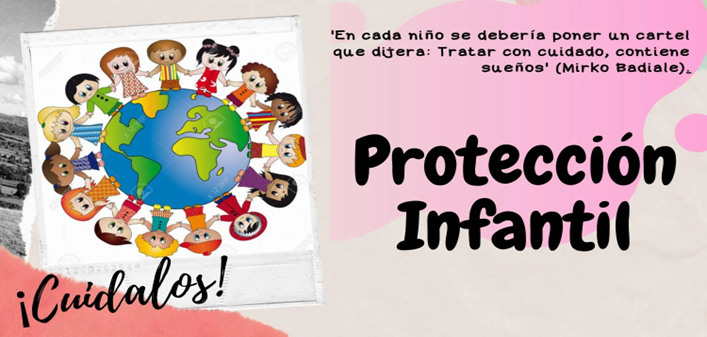
Source: https://issuu.com/pdevia29/docs/red_pitch_deck_presentation__1__8829a8f46442c4
Child abuse and neglect are heartbreaking realities that must be urgently addressed. As parents, it is our responsibility to protect our children and create safe and loving environments. By understanding the different types of abuse and neglect, watching for warning signs, and taking preventive measures, we can make a significant difference in our children’s lives. Let us educate ourselves, be alert and provide the necessary support to ensure the well-being and safety of our most precious beings: our children.


